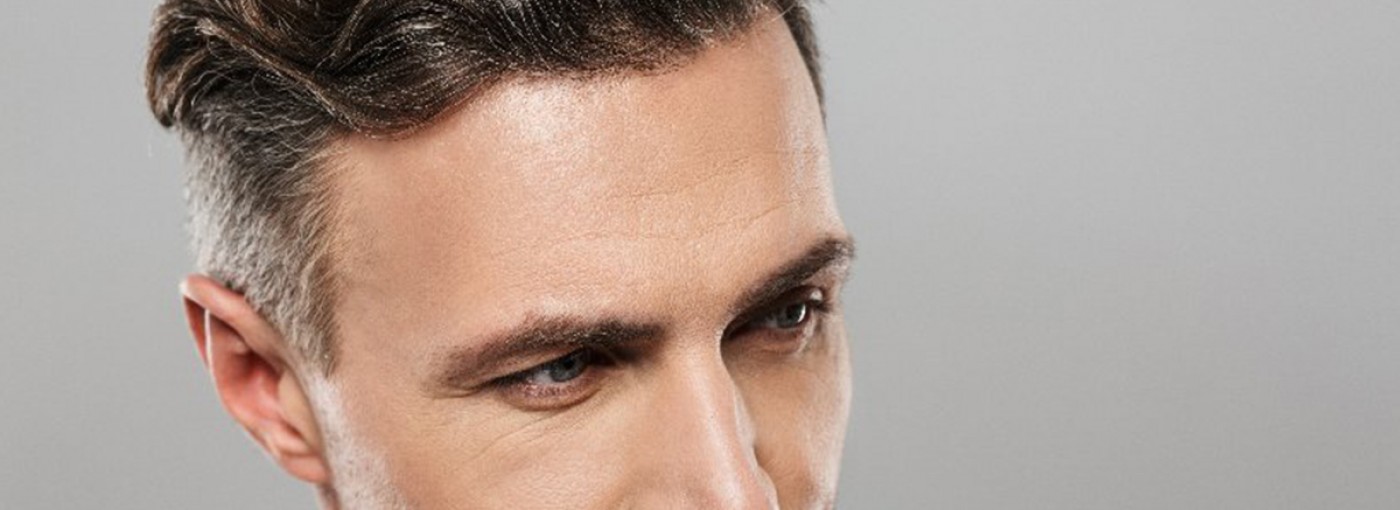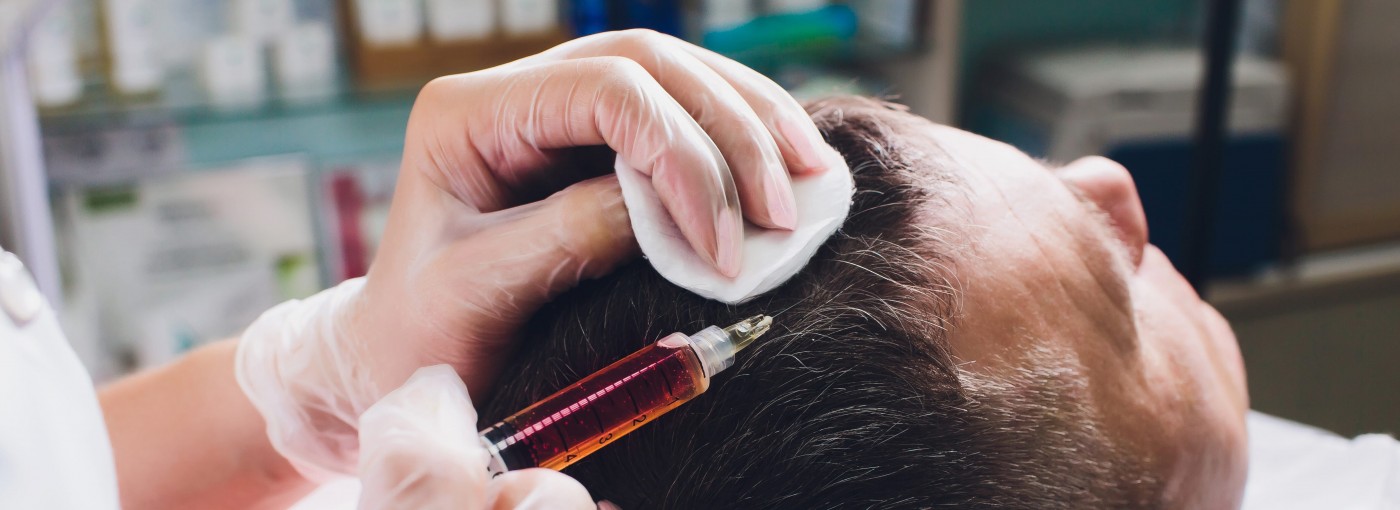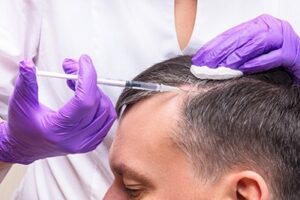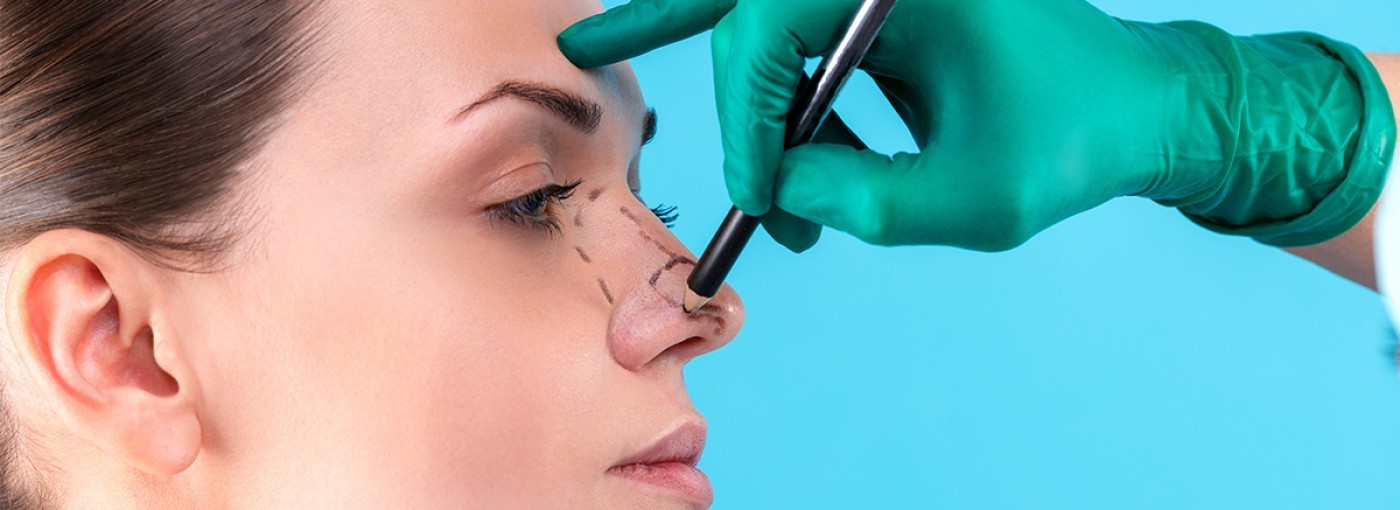Mommy Makeover is a combination of plastic surgery and aesthetic gynecology treatments that help a woman return to her pre–pregnancy appearance. The surgeries that are most often performed at one time are abdominoplasty or breast augmentation and aesthetic gynecology procedures.
Combining procedures allows for avoiding repeated anesthesia, and operating several surgical areas does not extend the duration of the operation and does not affect its risk. It is worth remembering to give yourself time after pregnancy – our body needs about a year to return to shape, and only after this time, we can think about surgical intervention.
Post–pregnancy patients are most often not satisfied with the appearance of their bellies. They apply for consultations because, despite the exercises, the belly does not shrink and is still convex. This is caused by excess skin and the so–called diastasis of the rectus muscles, i.e. their separation to the sides. This is due to damage to an anatomical structure called the linea alba during pregnancy. In this situation, unfortunately, diet and training alone are not enough and in order for the belly to be flat again, its fascia should be strengthened in the place where the weakness and stretch mark occurred. In this case, the only option is to perform a tummy tuck, during which excess skin is also removed.
After the abdominoplasty, the patient stays in the clinic for one to two days. For the first week, you should move in a slightly inclined position, and for two weeks you should wear a special compression belt, after this time it is usually possible to return to normal physical activity. At the Dr. Szczyt clinic, both before and after surgery, patients meet with a physiotherapist who shows them the proper technique of getting up and the range of physical activity. The effects of the operation are permanent and impossible to achieve with non–invasive methods. The final appearance, as after any surgical intervention, is visible after a year.
In the case of breasts – here the most common problem is the so–called lactation loss. After pregnancy and breastfeeding, they become “empty” and often, if they were quite large at the beginning, drooped. We can use preparations that increase skin density, breast massage, and alternating cold and warm showers. Unfortunately, the gland will not return to its place on its own and if we want to have full round breasts, it will not do without the intervention of a plastic surgeon. Patients who are not satisfied with the size of their breasts can choose to lift them with implants during the same procedure. Sometimes, when the breasts are small and empty, but do not have the features of sagging, the enlargement alone is enough. Conversely, if the breasts are too big for us, they should be reduced – cut out the excess skin and tissue and raise the breast to the right height.
After breast surgery in the field of breast plastic surgery, physical activity and the wearing of a special post–operative bra are prohibited for two months. Physical activity prohibited ale wearing special bra recommended It is necessary to take proper care of scars – massage and use silicone preparations to make them as aesthetic as possible. Laser treatments can also be used to speed up scar healing.
In turn, an alternative to getting rid of stubborn, locally accumulated fat is liposuction, which consists of suctioning excess fatty tissue. The sucked fat is great for filling, for example, breasts or face (so–called lipo transfer). Very small (2–3 mm) scars remain after the liposuction procedure.
Source: https://www.drszczyt.pl/blog/mommy-makeover-czyli-chirurgia-plastyczna-po-ciazy















